They say everyone has something they're good at. The same can be said for countries. There's a country that has the most of something, the least of something, the biggest, the smallest, whatever. No one said the things these countries are famous for have to be good or desirable, but that doesn't matter. Sometimes your claims to fame are just really weird or unexpected.
10. The US has the most extreme weather

The United States is famous for many things, and there is no doubt that people from all over the world want to go there. Before Covid, the United States hosted more 160 million tourists per year. In addition, every year there are people coming here more million immigrants . So we can all agree that America is very attractive to people abroad.
It is somewhat surprising then that America can also lay claim to having the worst weather in the world. Not in the sense that it rains too much, but in the sense that it has the worst weather. The US has more tornadoes than anywhere else on Earth. More than 1,000 a year land in America. And that's just for starters.
Factor in floods, droughts, hurricanes, heat waves and snowstorms, and nowhere else can you have such a thing extreme weather diversity It's called "high-impact weather," and the U.S. gets plenty of it.
9. Suriname is the greenest country
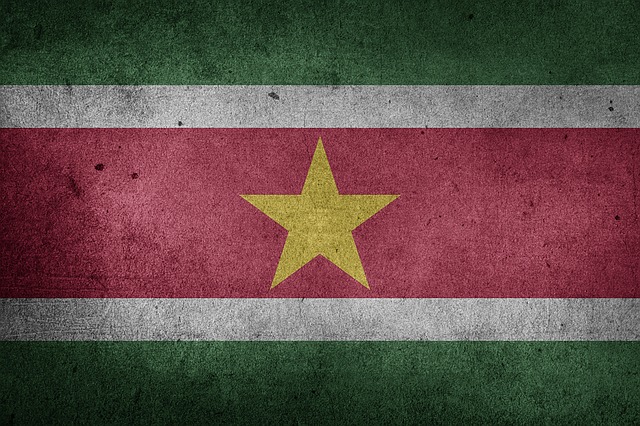
Green is a real buzzword in the modern world, not as a color, but as a concept. Green energy, green spaces, greenery - all these are desirable things. After countless trees were cut down, people started to believe that they are worth keeping and supporting, and the battle between those who want everything to stay green and those who really don't care continues.
When it comes to just open, beautiful green spaces, there are many countries that can certainly boast of their forests and jungles. But of all the countries in the world, there is none as green as Suriname, a small South American country on 94% consisting of tropical forests .
Because of all the forests and the relatively small population of just over 600,000, the country is considered carbon negative, and its trees offset any dangerous emissions from pollution. It was the first of two countries in the world to achieve this status in 2021, and one of 10 in the world , who may qualify for this.
8. Sweden has the most islands
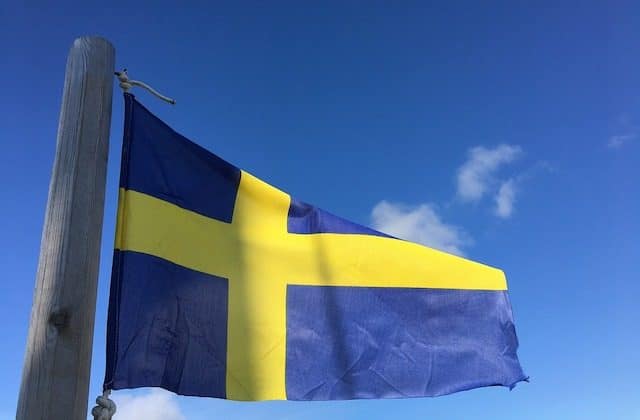
There are many famous islands in the world from Bali to Ibiza and Hawaii, but of all the islands that dot the world's oceans, few of us stop to think about where they can be found more than anywhere else.
People love to vacation in the Caribbean and they can lay claim to more than 700 tropical destinations Greece is famous for its islands, and there are more than 6000 of them In Indonesia, about 18,000 islands . But if you really want to go island hopping, you'll need to look a little further north. Sweden has the most islands in the world, with 267,750 of them .
The entire Scandinavian region is so dense with islands that it’s amazing that anyone has ever set sail past them all. Norway has 239,057 people, while Finland has 178,947. In fact, if you want to visit the most island-rich country that isn’t in Northern Europe, you’d have to go to Canada, which can lay claim to 52,455.
It's worth noting that the numbers don't always add up the same. Ten different websites can give you ten different answers about how many islands Sweden has, but even when a site reduces Sweden's total to about 220 000 , they are still head and shoulders above any other country.
7. There are no mosquitoes in Iceland
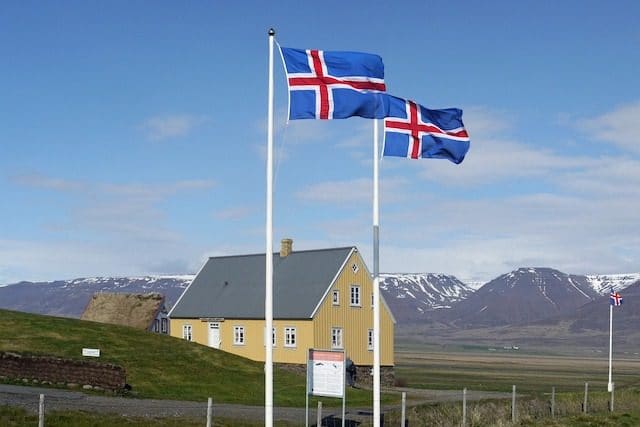
Iceland is a land of fire and ice, thanks to its glaciers and volcanoes. It is famous for its Viking history and Skyr yogurt. One lesser-known claim to fame, but one that no other populous country in the world has, is mosquitoes. In Iceland no mosquitoes The only other place on Earth where you won't find mosquitoes is Antarctica, and at least that's a secluded frozen desert at the bottom of the world. There are other countries around Iceland that actually have mosquitoes.
Mosquitoes are actually the deadliest creatures in the world, accounting for more than 800,000 deaths per year. But Iceland is such a unique country that the little bloodsuckers have not managed to gain a foothold. In other northern climates, mosquitoes can still thrive. You can find them in Norway, Scotland, Russia, Canada, and even Greenland. In winter, the pupae hibernate under the ice and come back to life when the ground thaws. But Iceland's climate is variable, so there can be sudden thaws in the winter, followed by freezing over and over again. This causes the mosquitoes to emerge and then quickly die. It is also believed that the chemical composition Icelandic soil unfavorable for mosquitoes.
6. Papua New Guinea has the most languages
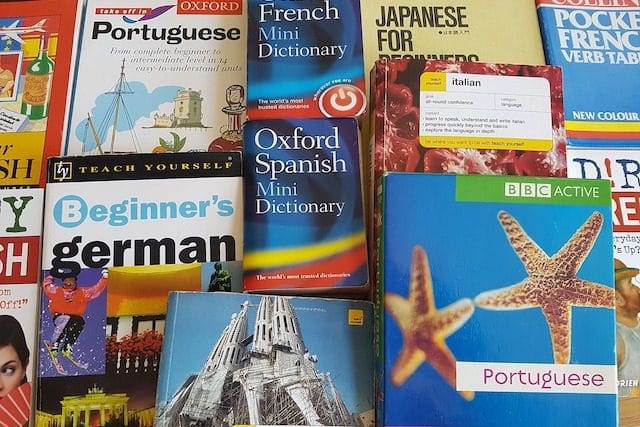
Language can be very fluid. Some languages die out entirely when the people who spoke them disappear from the world, and fewer may have a chance of being resurrected one day. Some languages are spoken by only a handful of people, while others are invented to add flavor to a work of fiction and eventually become a spoken language learned by people all over the world. There are currently more than 7000 spoken languages .
It would be impossible for someone to learn all of these languages and very difficult to even experience them all. But the best place to start, if you ever wanted to try, would be Papua New Guinea, which is the most multilingual country on Earth.
Although most people speak English and a few other languages, there are speakers of indigenous languages throughout the country, with a total number of about 850 people . Indonesia ranks second with more than 700 spoken languages. The United States ranks 5th with 328 spoken languages.
There are concerns that many of these languages will soon be lost , as younger generations stick to only the "main" languages, but at least for now, Papua New Guinea remains the most diverse of all countries.
5. Ireland consumes more calories per day than any other country.
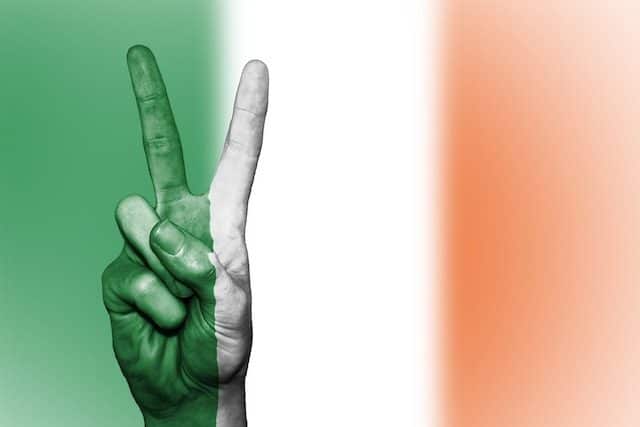
It's no secret that many people in the world may not be as healthy as they should be. People in America are notorious for don't get enough exercise . Nearly a quarter of Americans eat out more than once a week According to a 2018 study, the average American consumes 3782 calories per day.
But despite America being the focus of so many statistics and articles about unhealthy lifestyles, it is not the country that takes the title for consuming the most calories per capita per day. That honor goes to Ireland. Calorie Consumption Per Capita on the Emerald Isle is 3885 calories The only difference may be that you will eat two stalks of celery , but it does matter.
4. Iceland is the only country with almost complete internet coverage

It's time to return to Iceland, where there are more mosquitoes than just that. It turns out that if you like living online, Iceland is the place for you.
The data on this is complicated at the best of times and seems to vary from source to source. It can also mean different things. How many people use the Internet versus what percentage of people use the Internet versus what percentage of people Maybe use the Internet. And on that last issue, the issue of access, Iceland is the most connected country in the world. Statistically, the entire population Iceland has access to the Internet.
Iceland's widespread internet penetration comes as the government plans to roll out high-speed fibre internet across the country, in rural areas and elsewhere, by 2020, in the hope of providing 99.9% connectivity. houses . By 2019, they were working on plans to connect the last 1,500 homes in the country that were left without it.
3. Butane recycles more CO2 than it produces
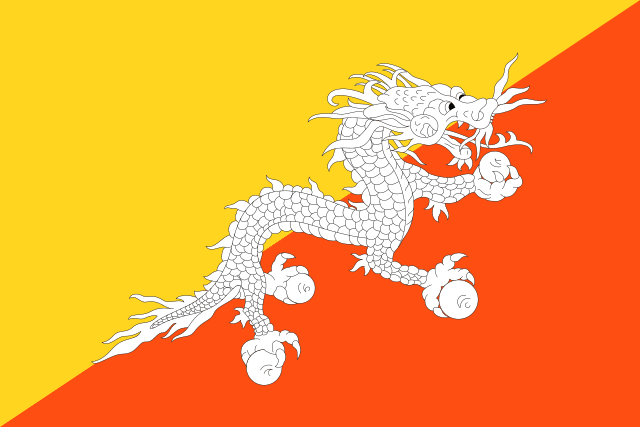
We have seen before that Suriname is the greenest country and it is also a carbon negative country, but there is one country in the world that has beaten Suriname to the punch when it comes to being carbon negative and converting more CO2 than it produces, and that is Bhutan.
Not only is Bhutan carbon negative compared to other countries, it is incredibly efficient and clean. In fact, the country is able to remove from the atmosphere three times more CO2 than it produces.
Of course, Bhutan’s secret is not so much its amazing technology or its brilliant approach to pollution management, but its circumstances. The country is green, with about 70% of it covered in forests and plants. The population is very low, at about 750,000, and perhaps the biggest piece of the puzzle is that it is very underdeveloped compared to other countries. Most of the population is employed in agriculture, and there are no tons of cars or huge cities burning oil.
All these factors combined have meant that Bhutan has been a the only one in the world a carbon negative country.
2. The Czech Republic is the least religious
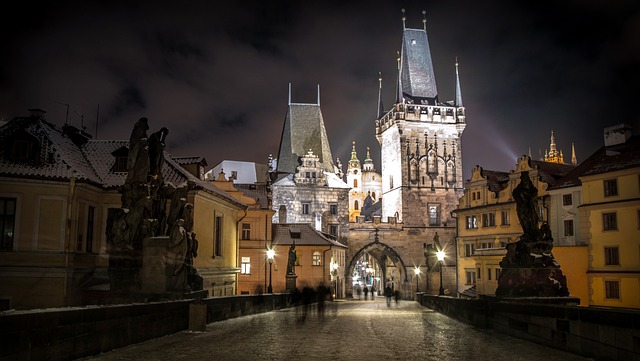
In 2012 in the world there were about 1.1 billion people who considered themselves not belonging to any religion. That’s about 16% of the population. This didn’t mean they had no spiritual beliefs at all, they just didn’t claim to be affiliated with any established religion. Worldwide, only six countries had a majority of citizens who didn’t belong to any religion. Most of those countries were in Asia and included China, Hong Kong, Japan, and North Korea. Europe rounded out the top six with Estonia, and then the least religious country on Earth, the Czech Republic. According to the Pew study, 76% population The Czechs do not profess religion.
What is meant by irreligion is, of course, a little difficult to understand. Judging by the figures five years later, the number had dropped to 72%, but only 25% said they were absolute atheists. A total of 46% respondents gave the vague answer that their religion was " nothing special". "
1. The United States is the largest oil producer in the world.
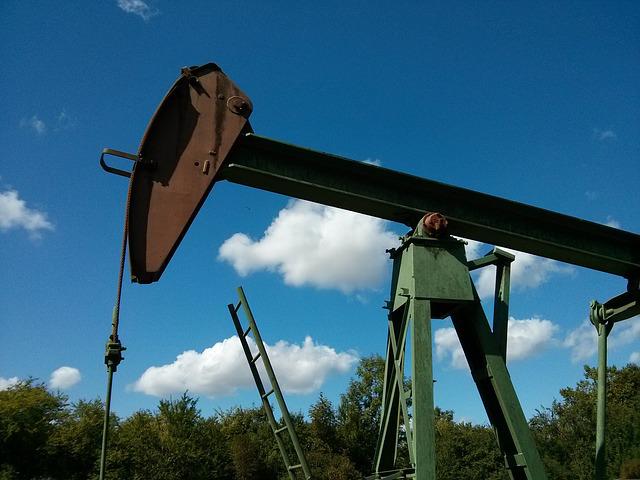
The world has been running on oil for a very long time, and the only thing bigger than the oil industry itself is the money invested in it. Wars are fought over it, and without it, economies would grind to a halt. Until we embrace and fully implement better alternatives across the board, it is an integral part of how the world works. And despite all the turmoil caused by oil in the Middle East, natural gas in Russia, and even the tar sands in Canada, it is the United States that actually ranks as the world’s largest oil producer.
According to BP, while Saudi Arabia can produce 11 million barrels of oil a day, In 2021, the United States produced 16.6 million barrels per day . Alternative data from the U.S. Energy Information Administration actually increases those figures to 18.98 million barrels per day. This means that the United States produces 20% of all the oil in the world. On the other hand, the United States consumes 21% of the world's oil.














Оставить Комментарий